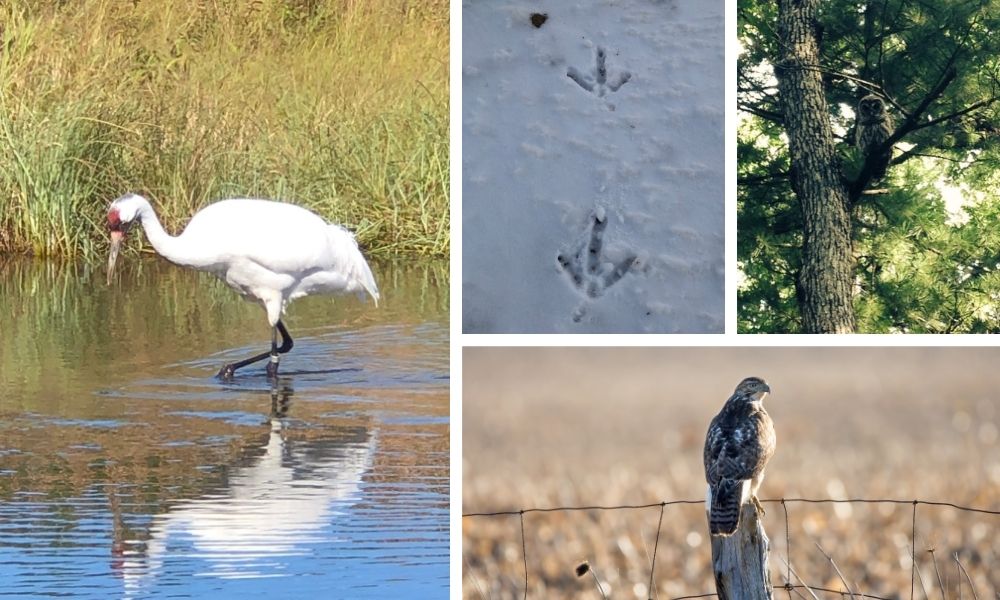My dad had great animal awareness. If we went for a drive in the evening, he would be the first to notice a hawk perched on top of a telephone pole or a deer standing against the tree line at the edge of a field.
Although he wore glasses, the vision in one of his eyes was 20-10, better than the usual 20-20. But for my father, it was more than just great eyesight. He knew the most likely places to watch for animals and was alert for their presence. Years of hunting taught him about their natural habitat and activities.
He looked forward to these encounters. By the time I was a teen, he gave up hunting because he enjoyed the sight of a live deer (or duck or pheasant) more than killing them.
I like to think I inherited some of my dad’s abilities. I’m aware that if I want to see wildlife while hiking, I need to be both mindful and quiet. If I’m making a lot of noise – even if my thoughts are loud – any animals will hear me coming and disappear before I can spot them.
It’s also fun to read their signs. Wild creatures leave their mark in prints, feathers, and droppings. It came as a surprise that coyotes enjoy berries certain times of the year. It’s also clear when they’ve had rabbit for lunch from the fur in their scat.
When we know what to look for, going for a hike can be like catching up on the news.
One of my fondest memories of nature was walking at the Merrimac Preserve one spring morning after an inch or two of snow. Among the many clear tracks in the fresh snow, I deciphered turkey, coyote, deer, raccoon, and rabbit. It brought joy to know that the wild creatures had also enjoyed the beautiful morning and walked the same trail I had taken.
Everybody likes a path.
Another snowy spring morning at Steinke Basin, I read the footprints and knew that a man had recently walked his dog. I laughed as I watched a coyote follow their footsteps and lift a leg every place the canine had paused. The coyote saw me and knew I had spotted him, but he didn’t care. The need to mark his territory was stronger than his fear of humans.
Over the years, I’ve received much joy from my encounters with wildlife. When I reflect on this, I feel sorry for people who don’t have animal awareness. Even traveling in a car, they might miss the occasional glimpse of deer, fox, woodchucks, and hawks.
On the interstate coming home from Minnesota, I once saw a small flock of whooping cranes in a marshy area. My heart leapt when I spotted them, and I got choked up seeing these rare, beautiful birds. Whooping cranes were once down to a population of just 22. Thanks to sustained conservation efforts, there are now around 800. They are still considered critically endangered but have rebounded from the verge of extinction, where one ill-timed storm could have erased them from the planet.
That morning, I was sad when I realized most people driving on the freeway probably hadn’t noticed them. Even if they had, they might not have known what they were or how fortunate they were to see them.
All of my experiences with birds and animals in the wild help me feel connected to nature. It fills me with awe to realize that I am one part of the whole – no more or less important than any other living being. Anything we can do to sponsor a greater awareness of the natural world will help us preserve natural spaces for future generations of both animals and humans.
This work is real, and it matters.
(This picture of a whooping crane was taken at the International Crane Foundation. Although I’ve also seen whooping cranes at Horicon Marsh, I’ve not yet had an opportunity to photograph one in the wild.)
October 27, 2021

